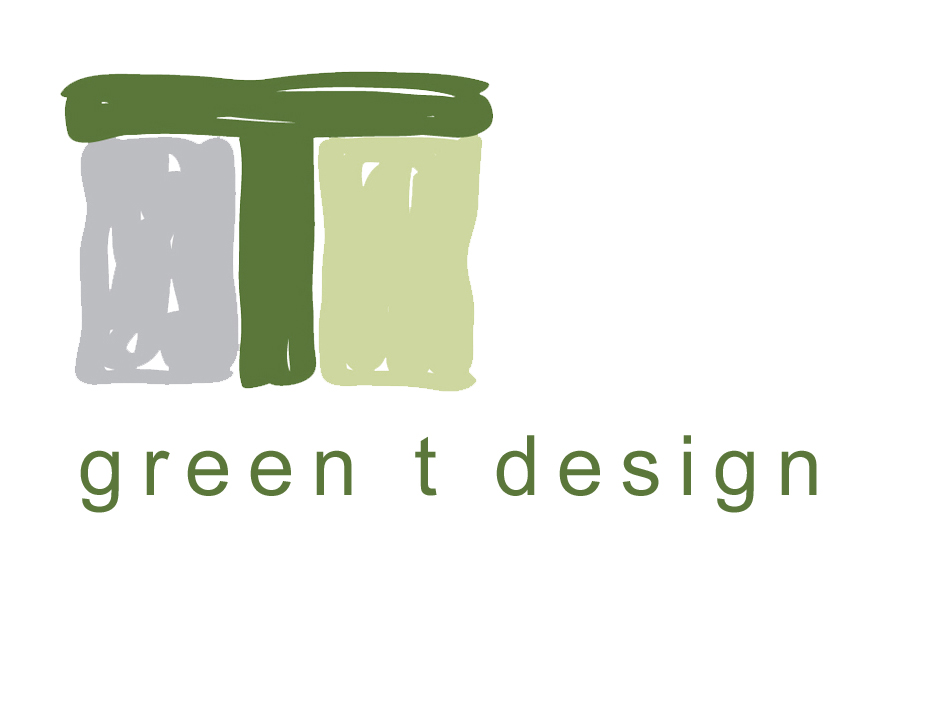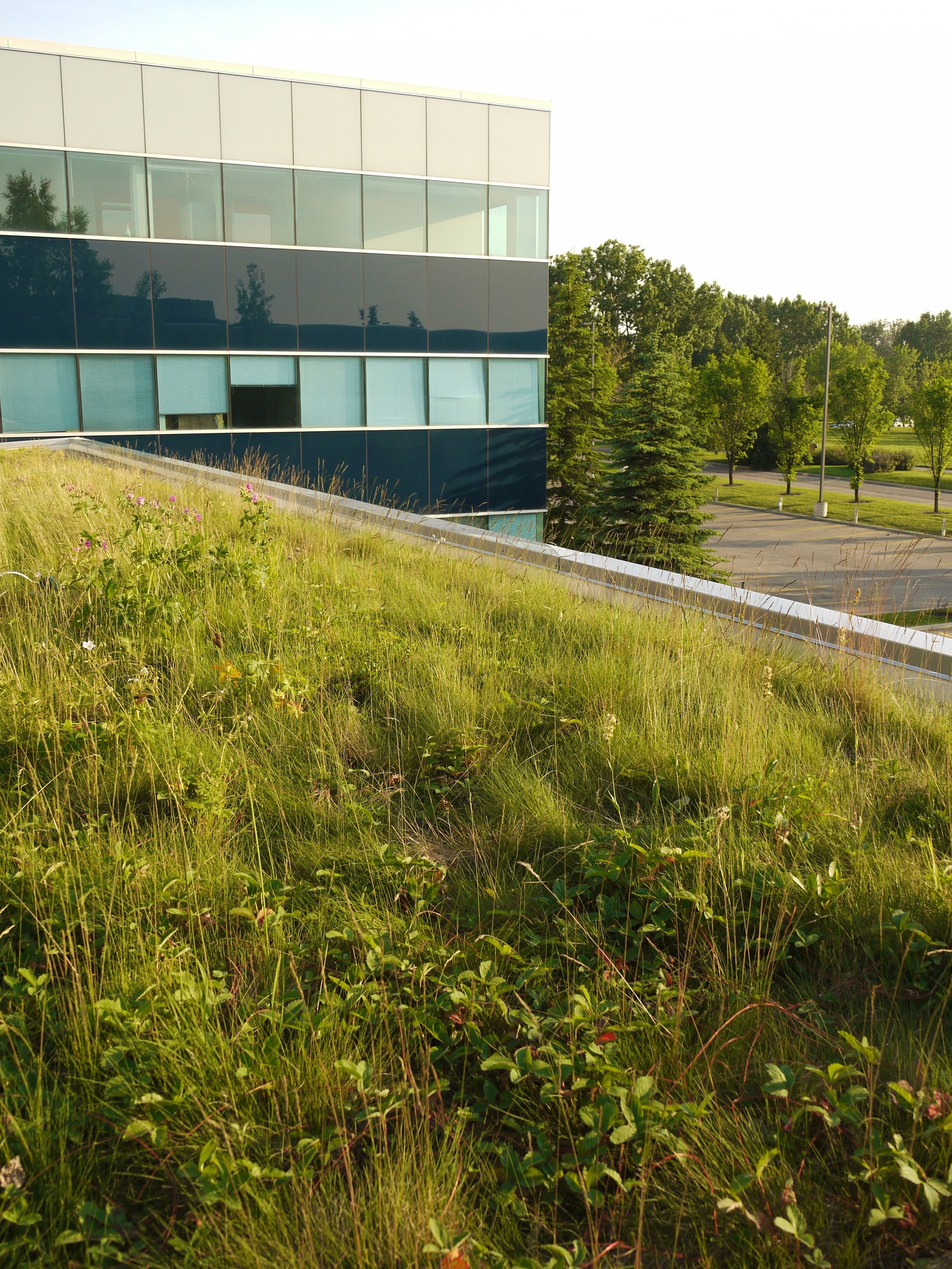Improving our cities and creating healthier habitats for people is an urgent concern around the world. For the first time in history, more than 50% of people on earth live in cities. In Alberta, the population is even more concentrated in urban centres. It is imperative that we address sustainable design and ecological development, change the ways we build, and adopt green infrastructure.
To improve the performance and feasibility of living architecture in the Alberta region, we have led and contributed to local research projects. These projects have provided local practitioners with a baseline of performance and building the level of success for vegetated buildings and ecological solutions.
We recognize the importance of public engagement and shared experiences to advance the knowledge and expansion of living architecture strategies in our region. To that end, we have been instrumental in providing industry presentations, coordinating seminars, symposia and tours to visit local case study examples of living architecture.
Calgary Municipal Hall Research & Demonstration Project
Green T Design is one of the key research leads for this project; Kerry Ross acts as a liaison with the City of Calgary’s Facility Operations unit. Green T Design proposed and developed the initial concept, oversaw the construction documents, coordination and construction administration. Our research focuses on plant performance evaluation and maintenance requirements of an extensive green roof in Calgary, AB.
As part of a multi-objective project, the research scope entailed the selection of viable plant species, a focus on the ecological region, and adaptive maintenance requirements for the success of green roofs in northern climates.
Alberta Ecoroof Initiative
The applied research we have undertaken on this project has advanced our understanding of regionally appropriate designs, demonstrating the viability of green roofs in Alberta’s unique climatic conditions. Fully instrumented with thermal sensors and a climate station, this roof allows for in-depth, continuous research and monitoring.
Since 2004, this 3,000 sq. ft. demonstration project has evolved from a demonstration project, to a site for educational programming and field research into plant species suitability, stormwater mitigation and maintenance programs. The AEI project stands out for being the only project in the province to test different green roof systems side-by-side, varying by type and depth of growing medium, and plant species selection. In addition, a research team at Westhoff Engineering Resources demonstrated the effectiveness of green roofs to absorb stormwater runoff.
University of Calgary Research Roof
The goal of this project was to provide the information necessary to increase the use of green roofs in Canada, bringing along the economic, environmental and health benefits that green roofs can provide to improve Canadian urban environments. Specifically, this NSERC Strategic project was meant to create and, simultaneously, monitor a green roof system in three climatic regions: the Prairies, Great Lakes, and Atlantic Canada. Thereby, the cities of Calgary, AB, London, ON, and Halifax, NS formed a representative sample of the weather conditions experienced around Canada.
The research team examined the multi-scale impacts of green roofs, from their effects at the individual building level, to their integrated effect on the entire urban area. The project was awarded to Dr. Denis O’Carroll, the Principal Investigator at the University of Western Ontario.
LID Guidelines
This project entailed the development of a technical guide for the design, construction and maintenance of green roofs for stormwater mitigation. The goal of this guide was to, first, enable the City of Calgary to recognize the potential of green roofs to meet stormwater performance targets; and second, to promote a better understanding of green roof technology in the community.
Using the Water Balance Model, we evaluated various off-the-shelf assemblies for their ability to reduce stormwater runoff rates and volume. Case studies illustrated various design solutions and discussed the requirements for maintenance and costs.
Keynote Development Demonstration Roof
The purpose of this project was to evaluate two green roof modular systems in a variety of combinations, as well as to document their success in overwintering, watering requirements, resistance to weed pressure and the installation process. This demonstration green roof also served as a low-cost trial for a major commercial developer interested in the technology. This installation was a first for the newly launched LiveRoof division of the Eagle Lake Turf Farm.






